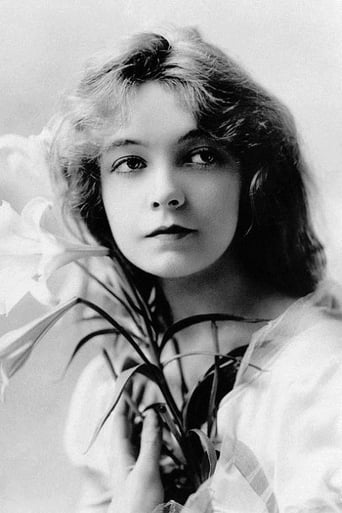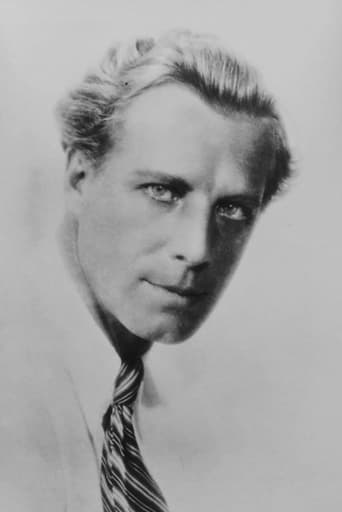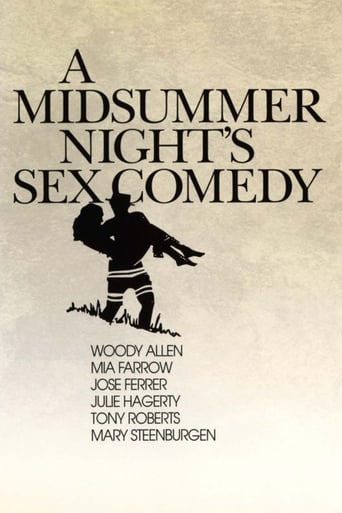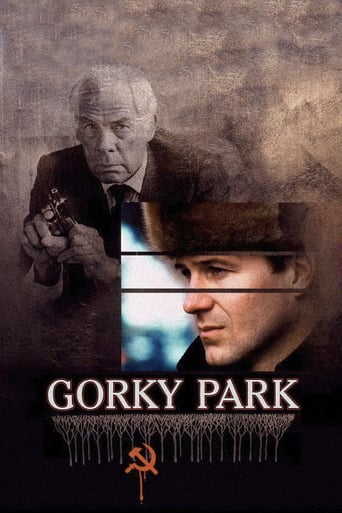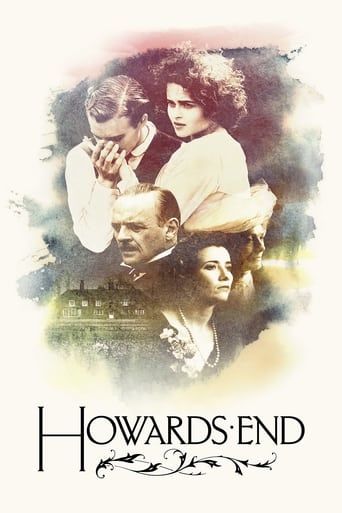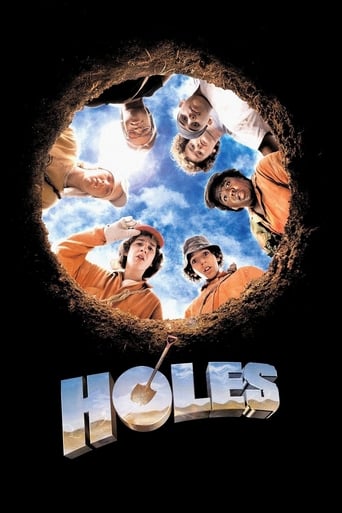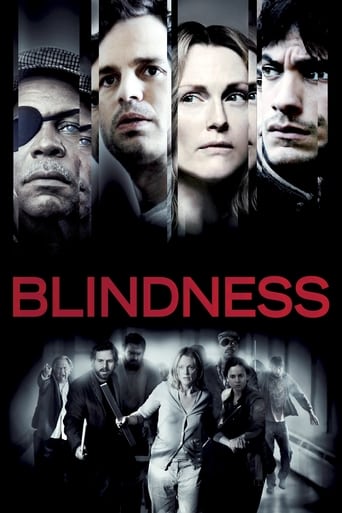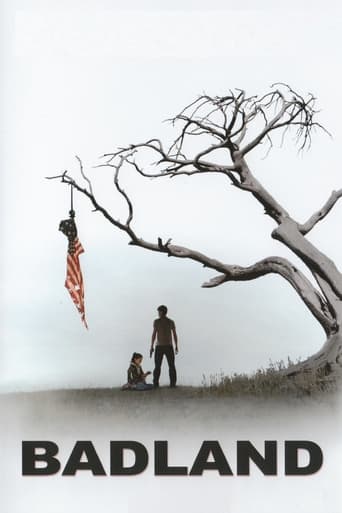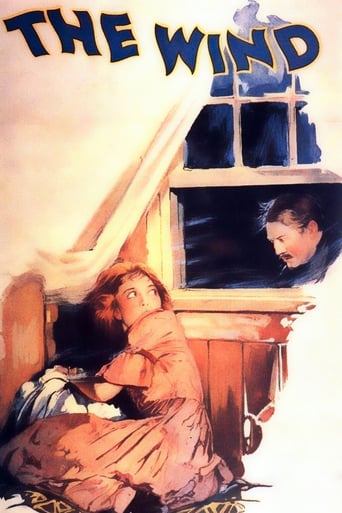
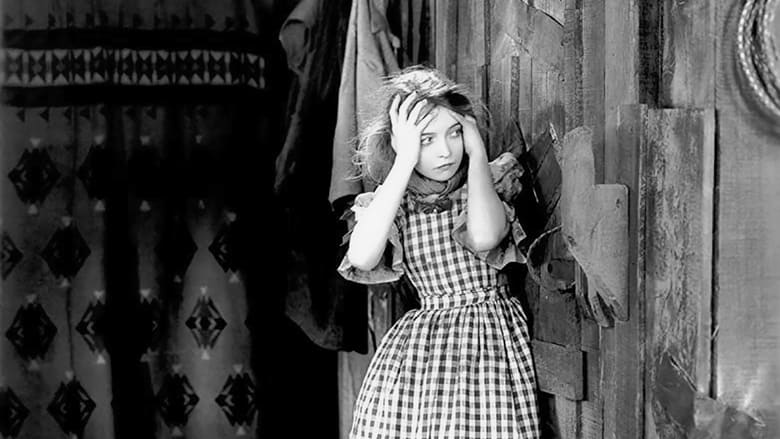
The Wind (1928)
When Letty Mason relocates to West Texas, she finds herself unsettled by the ever-present wind and sand. Arriving at her new home at the ranch of her cousin, Beverly, she receives a surprisingly cold welcome from his wife, Cora. Soon tensions in the family and unwanted attention from a trio of suitors leave Letty increasingly disturbed.
Watch Trailer
Cast


Similar titles
Reviews
"The Wind" is acknowledged to be a silent classic and gets nothing but excellent ratings by IMDb reviewers. Lillian Gish was a film pioneer and Victor Sjostrom is a giant in Swedish cinema. But accomplishment, like beauty, is in the eye of the beholder, and I have to say I didn't care for "The Wind". Apart from the fact that there are a great many holes in the plot, I thought Ms. Gish's performance is overrated and I didn't appreciate her pop-eyed, overwrought portrayal of Letty, who arrives in the middle of nowhere flat broke. I thought the final sequences in the cabin with the wind howling were overdone, but I thought the best part of the picture was the sensitive portrayal by Lars Hanson of the farmhand she 'marries' but lives a platonic relationship in his own house. The plot didn't work for me and I felt it was simplistic and far-fetched. And, I know, don't tell me - It's a Silent Classic.
Sjöström's "Körkarlen" (1921) is a masterful film, but this! Something remarkable died with the advent of sound in film, I'm sure, where technical progression thwarted artistic expression (is something similar happening with 3D?). Not that sound films are from the devil but film would have surely developed to an unexpectedly different direction had history turned out differently. Case in point: Murnau's last films, Lang's "Die Nibelungen" (1924), Gance's "Napoléon" (1927), Epstein's "Coeur fidèle"(1923), etc.; these films reached an apex visually, not only in the images they show but how they show them. "The Wind" most certainly belongs to this group of wonderful, visceral films.Truly, this is so good it's hardly decipherable as an experience. What did I see? A storm, yes, full of so much violence and noise I didn't need any sound for it to assault my ears. A claustrophobic phantasmagoria, definitely, where each space is disorientedly encircled by the ominous, ever-present sand, engineered by the satanic wind that, as they say, will drive one mad.But then there's also so much human drama that the multifaceted diamond the film is continually reassembles itself as a domestic drama, where in other places it swirls and swooshes from action-packed material destruction to psychological, and vice-versa.Watching films is like a journey, a path through whichever place the viewer desires. For me it's a mountain path, perhaps by a stream, and while it's unnecessary it's also lots of fun to find double features for the marvellous jewels one happens to come by, like similar-looking pebbles upon which one prances across a stream amidst a forest-scene. Teshigahara's famous "Suna no onna" (1964) could be one, let alone for the central role sand plays in it, there also personified to a character."City Girl" (1930) even more, since there, too, we have a young girl who is not only mistaken to be a man-eater of sorts, but also thrown in the middle of the violent forces of nature that will shape her destiny.
Too often Lillian Gish is associated solely with DW Griffith, despite a career spanning 75 years and her own unique talents. The Wind is an example of what Gish is all about, being that she championed (basically produced) the whole thing, script, director, and all.Victor Sjostrom is mentionable as well, providing a unique and poetic visual background for the story. The funny thing about sand is that it's very film-friendly in subject (though perhaps not so friendly to the equipment)--think film grain, think Woman in the Dunes, think Lawrence of Arabia. Here he creates a claustrophobic snow-globe out of it, literally blocking the action around where the sand blows. Superb use of double-exposure, especially while over Gish's writhing, demented face, is about as close as cinema has gotten to true nightmare feeling until Deren made Meshes of the Afternoon.The ending is rather unfortunate. The story goes that it was forced to be a happy ending by the studios, and whether that's true or not, it clearly doesn't fit the tone or the theme. It's an awkward reversal of everything that's been built up previously, and it leaves a bad taste in ones mouth.But the rest of the film is pure cinematic glory. A must see, honestly.--PolarisDiB
Wind, The (1928) **** (out of 4) Victor Sjostrom's haunting, masterful and claustrophobic film has been called the last great Silent film and I must agree with that and much more. Lillian Gish plays a young woman from Virginia who travels to the West to stay with family members but she's eventually kicked out and forced to marry a man (Lars Hanson) she doesn't love. The only thing worse is the gusting winds, which are slowly causing the woman to lose her mind. This is without question one of the greatest films I've ever seen and I'd probably go a bit further by saying it's the most suspenseful film I've ever seen. I started with all my fingernails but as I write this I have none left and in fact my fingers are hurting from where I've bitten them down so badly. The Carl Davis score perfectly captures the haunting setting of the dessert and Sjostrom's direction is so masterful that the film manages to be haunting and poetic at the same time. There are numerous great scenes in this film but I suppose to final wind storm is probably the most famous and it remains one of the greatest scenes from any movie I've watched. The brilliant lighting and haunting score really pack a terrific punch as the suspense continues to grow as the young woman fights for her life from not only the wind but another stranger. The special effects are still brilliantly done and look so much more realistic than that crap, which we call CGI today. The studio forced them to shoot and use a new ending, which probably isn't as good as the original but I still think it works quite well and doesn't ruin the picture at all.Gish turns in one of her many great performances and it's still rather amazing at how she could display innocence, horror and desperation just with a simple look. She's terrific in the film and perfectly sales her abused and tortured character. Lars Hanson is equally good as his character shifts a lot of gears throughout the film. Montagu Love is perfect as the villain who wishes to do Gish more harm than anything else. I read a little on this film and noticed that in 1928, a year after the release of The Jazz Singer, people used this film as proof that you didn't need sound to make a film work and I think this still holds very true. I've seen countless silent movies but this here is certainly among the greatest and this film is proof that you don't need sound to build any type of emotion. Movies are to be watched and the visuals are always the most important thing and you aren't going to find many movies that top this one in the visual side. The scenes of the wind blowing the sand onto the windows is perfectly done as are the moments with the "ghost horse". As I think more about the film the more I'm wanting to call it flawless and it's certainly earned a spot in my top ten or fifteen of all time. A truly remarkable piece of work that shows the power of the format.


